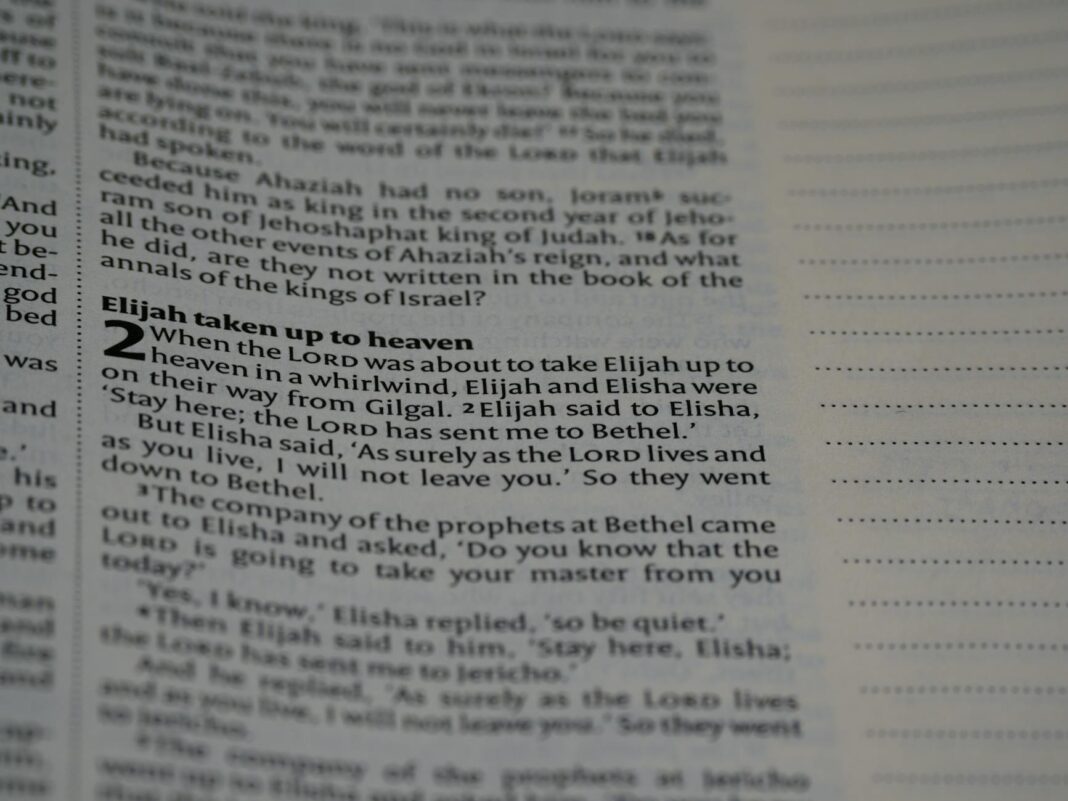The Royal Treatment: Trump’s Enchantment with British Charm
When Donald Trump made his way to Britain, it wasn’t just another trip abroad. It was a spectacle, a theatrical display of grandeur that felt fit for royalty—despite the fact that he’s not exactly a monarch. The British gave him a welcome that would make any king blush, complete with pomp and circumstance that seemed to cater to his ego. This wasn’t just a handshake and a wave; it was a choreographed performance designed to elevate his status and perhaps remind him of the imagery he often conjures when he talks about his own leadership.
The meeting with the British royal family, particularly during his state visit, was laden with symbolism. There he was, standing on the same soil that once hosted kings and queens, trying to capture a fraction of that historical allure. It’s interesting to see how media narratives often align with the personas leaders project. In Trump’s case, the royal backdrop serves to validate his self-image, providing him with a platform to leverage his own narrative of greatness.
But let’s not kid ourselves; this isn’t just about admiration. It’s also a calculated move. By basking in the royal glow, Trump attempts to entrench his own legacy in the fabric of history. The British monarchy is a powerful symbol, and aligning himself with it—however tenuously—allows him to draw parallels between his presidency and centuries of leadership. It’s a narrative he can sell, not just to his supporters but to himself. The magic of British history mixed with his own ambitions creates a heady concoction that appeals to his base and fuels his persona as a larger-than-life figure.
And then there’s the ghost of Winston Churchill—a figure Trump openly admires. Churchill represents resilience, strength, and a certain stubbornness that Trump seems to embody. It’s no coincidence that Trump has often drawn parallels between himself and Churchill, using the British leader’s legacy as a shield against criticism. By invoking Churchill’s spirit during his visits, Trump not only stirs nostalgic sentiments but also positions himself as a modern-day warrior, fighting battles for his country, much like Churchill did during World War II.
In the end, this is less about diplomacy and more about image crafting. The royal welcome was a stage on which Trump could perform, a chance to reinforce the narrative he’s built around his presidency. Whether or not it resonates long-term remains to be seen, but for now, he’s reveling in the magic of the moment. It’s a reminder that in politics, perception often reigns supreme, and for Trump, every royal encounter is another chapter in his ongoing saga of self-aggrandizement.
Questions
What impact do royal engagements have on political perceptions in the U.S.?
How does Trump’s image align with historical figures like Churchill?
Can the spectacle of royalty influence public opinion in modern politics?

